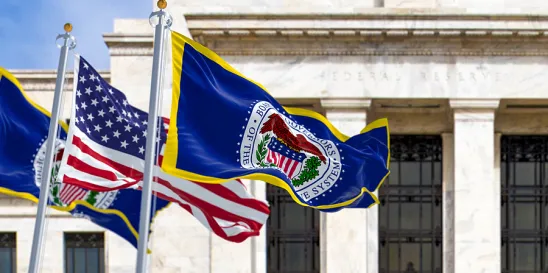On Oct. 25, 2023, the Fed proposed a rule to lower the interchange fee cap in Regulation II, which is largely applicable to debit card issuers with at least $10 billion in consolidated assets. The proposed rule would be the first time that the debit interchange cap has been adjusted since its implementation via the Durbin Amendment and Regulation II.
“The debit card related costs incurred by large debit card issuers have changed significantly since the interchange fee cap was established,” Fed Vice Chair for Supervision Michael Barr said during an Open Board Meeting in which the Fed announced the proposed rule. “The proposed rule would update the interchange fee cap for the first time since it was adopted to reflect the changes in debit card related costs, so that the cap remains reasonable and proportional to these costs.”
Section 235.3(a) of Regulation II allows issuers to charge interchange fees that are “reasonable and proportional to the cost incurred by the issuer with respect to the electronic debit transaction.” Regulation II historically has capped such fees at the sum of: (1) 21 cents, (2) 5 basis points multiplied by the value of the debit transaction, and (3) a 1 cent adjustment assuming fraud prevention standards are met.
The new proposal would adjust the maximum debit interchange fee to reflect changes, i.e., decreases in issuer costs since the initial rule first took effect in 2011. The new proposal encompasses three components: a base component fee for transaction costs that is being lowered from the original 21 cents to 14.4 cents; the ad valorum component (the estimated value of the transaction), which is being lowered from 5 basis points to 4 basis points; and a fraud prevention adjustment, which will increase slightly from 1 cent to 1.3 cents.
Additionally, the proposal would adopt an approach for future adjustments to the interchange fee cap, which would occur every other year based on issuer cost data gathered by the Fed from large debit card issuers.
Fed Governor Michelle Bowman opposed the proposal and was the sole dissenter. She said, “While today’s rule acknowledges the varied size, business models and product offerings of banks subject to the interchange fee cap, the fee cap aims to achieve ‘rough justice’ by establishing a single cap that applies to all covered issuers.”
Key Takeaways
The Fed’s proposed rule lowering Regulation II’s debit interchange fee cap, if finalized in its present form, could be a welcome change for merchants, as it might lower their costs of accepting payments by debit card, and potentially for consumers as well (if merchants pass down their cost savings). But it could also stress the business of issuers and related fintechs who rely on interchange revenue, who may in turn look to compensate by charging consumers increased fees. Stakeholders should closely examine the proposed rule and consider how lower interchange debit interchange fees could affect their business.
The proposal will be open to public comment for 90 days after it is published in the Federal Register.
* Special thanks to Tessa Cierny˘ and Zeba Pirani˘ for their valuable contributions to this GT Alert.




 />i
/>i

